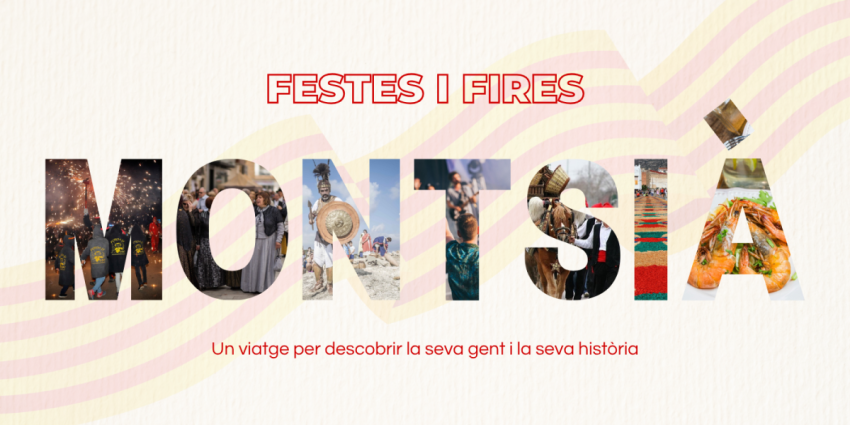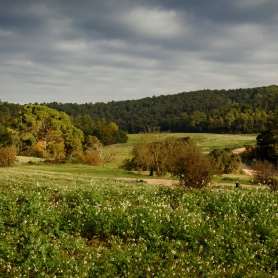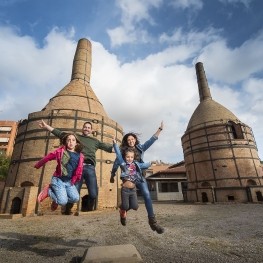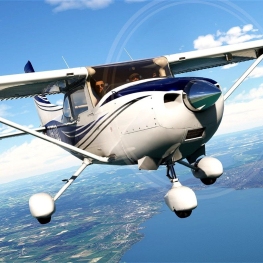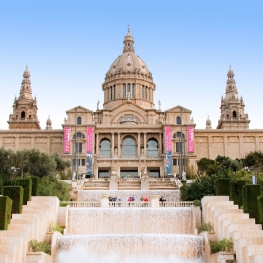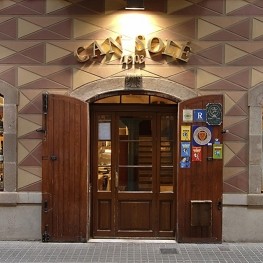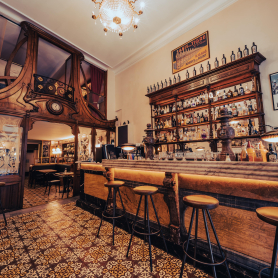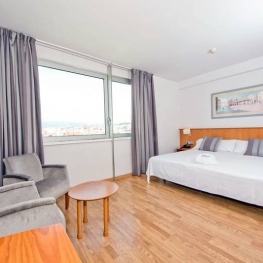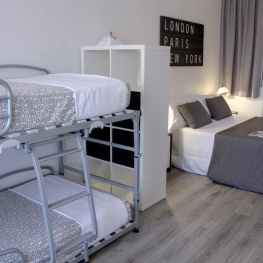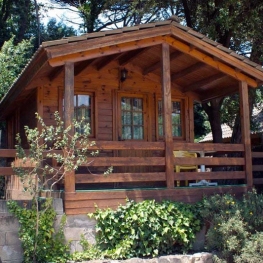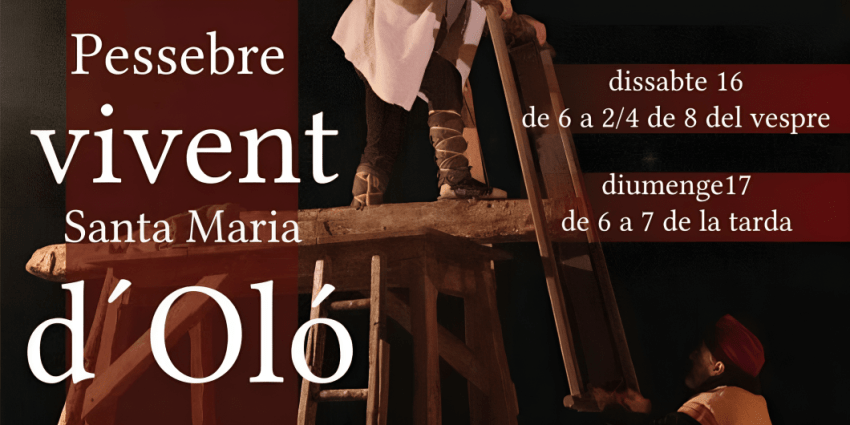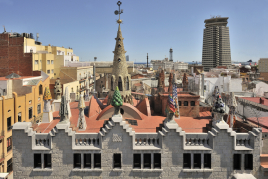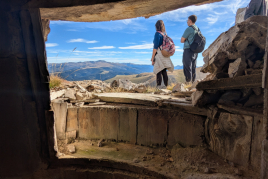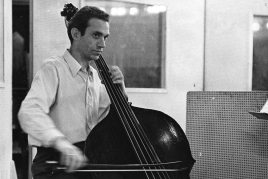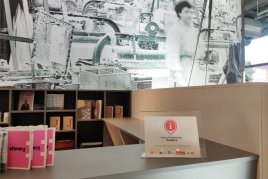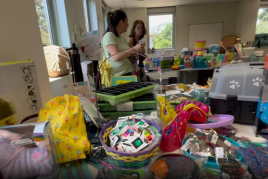Route of the hidden Churches of Baix Vallès
At the southern end of the Vallès hide four unique buildings of the Vallesan religious architecture, the churches of Santa María de Gallecs (Mollet del Vallès), Santa María la Antigua, Santiga (Santa Perpètua de Mogoda), Sant Cebrià de Cabañas (Sant Fost de Campsentelles) and San Pedro de Reixac (Montcada i Reixac). The four were the epicenter of their communities until history granted a leading role in the titular churches of the four municipalities, and then they would be transformed into suffragan churches.
The strong personality they have, however, has managed to make them look splendid today amid unsuspected agricultural and forestry environments in the industrious Vallesan region. The Molletanos Studies Center; the Mogoda Research and Studies Circle (of Santa Perpètua); the Friends of Cabañas (of Sant Fost) and the City Council of Moncada and Reixach, have created the Route of the hidden churches that, once a month, allows to make a commented and free visit to each of the temples.
Route's villages
Santa Maria de Gallegos
 We found it called for the first time in 1007, and it will be an independent parish until 1475, which passed to the parish of Sant Genís de Palau de Plegamans, until 1886, when it was definitely a suffragan of San Vicente de Mollet del Vallés.
We found it called for the first time in 1007, and it will be an independent parish until 1475, which passed to the parish of Sant Genís de Palau de Plegamans, until 1886, when it was definitely a suffragan of San Vicente de Mollet del Vallés.
The construction is a clear example of a Romanesque peasant church. It is of Latin cross plan, of a single ship and very short arms; with square apse oriented to the east and half-point flared window. The arms of the transept are very low, also square and with two windows, on both sides, double spill and half a point. The west door, after the construction of the church, has a geminated window on it. The pavement was of medieval stone.
In its reconstruction, paleochristian pavement of the V-VI centuries, Roman ceramics, graves, sacred water reservoir and grain silos have appeared.
We vote to visit the 3rd Sunday of the month, from 12 to 14h.
San Pedro de Reixac
 It is the legacy of Romanesque art built by the first peasant communities in the territory, who lived in the Sierra de Marina since the ninth century. It is a visual landmark of the mountain landscape from where you get a spectacular view of the mountain of Montserrat.
It is the legacy of Romanesque art built by the first peasant communities in the territory, who lived in the Sierra de Marina since the ninth century. It is a visual landmark of the mountain landscape from where you get a spectacular view of the mountain of Montserrat.
Its millennium of history has been random: it was built during the 10th century and consecrated to San Pedro in 1048. Despite being one of the oldest elements of the cultural heritage of the city, it had to be restored on various occasions, especially due to creams and looting suffered during the separation war (1652) and the Spanish civil war.
You can visit the 4th Sunday of the month, from 10 am to 12 noon.
Sant Cebrià de Cabrenys
 Located in the municipality of Sant Fost de Campsentelles, in 1504 it was joined to the parish of Sant Fost as suffragan. The first written news dated 1113. By 1877 they stopped celebrating masses; Then it was closed and its decline began.
Located in the municipality of Sant Fost de Campsentelles, in 1504 it was joined to the parish of Sant Fost as suffragan. The first written news dated 1113. By 1877 they stopped celebrating masses; Then it was closed and its decline began.
Cabañas is a Romanesque church where two constructive phases can be seen: in the northern part, smaller and irregular ashlars are seen (11th century?). The apse collapsed completely in 1962 and was rebuilt between 1971 and 1984. This church preserves a 14th century front at the Episcopal Museum of Vic and an altarpiece from the end of the XV at the MNAC in Barcelona.
You can visit every Sunday and holiday, from 9 am to 11 am.
Santa María la Antigua, Santiga
The church of Santiga appears for the first time in history in 983 (10th century). From that date until 1847, the town was a titular church called Santa María la Antigua. Since then, the old parish, now known as Santiga, was incorporated into the municipality of Santa Perpètua de Mogoda and its church became a suffragan of the parish dedicated to Santa Perpètua.
The current church of Santiga was built in the 11th century and belongs to the Lombard Romanesque style. But under its foundations hides a first pre-Romanesque church (IX-X centuries) built on the ancient space of early Christian worship.
You can visit the 2nd Sunday of the month, from 10.30 a.m. to 1.30 p.m.
You can check the route map in the following link.
What to do
Xarxa de Turisme Industrial
(a 13.9 Km)Enter a Catalonia that you can not imagine. A place where to…
Museu d'Art Nacional de Catalunya
Barcelona (a 13.4 Km)The National Museum of Art brings together all the arts with the…
Where to eat
Restaurant Windsor
Barcelona (a 10.5 Km)The Windsor restaurant, located in Barcelona, is a benchmark of contemporary Catalan…
Bar Muy Buenas
Barcelona (a 11.8 Km)Few words better define Muy Buenas than "coherence." Purely modernist decor, restored…
Taverna ümet
Sabadell (a 6.4 Km)Taverna Ümet is a restaurant in Sabadell offering creative tapas and flavorful…
Where to sleep
Aparhotel Atenea Vallès
Granollers (a 9.2 Km)The Atenea Valles Aparthotel Granollers is located in the commercial center of…
AB Apartment Barcelona
Barcelona (a 11.7 Km)AB Apartment Barcelona is an agency specializing in short and monthly apartment…
Aparhotel Atenea Calabria
Barcelona (a 12.1 Km)The Calabria apartments offer a stunning location in the Eixample district of…
Càmping El Vedado
Vallromanes (a 4.6 Km)Mountain campsite located near Barcelona. Ideal for visiting Barcelona since it is…

